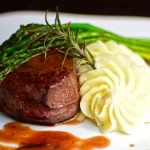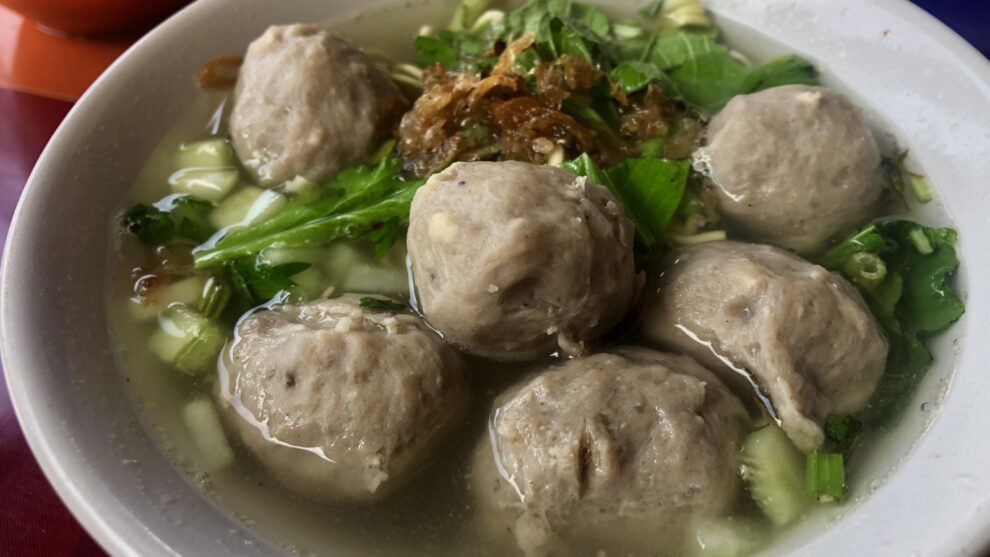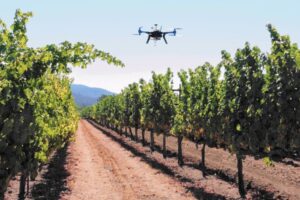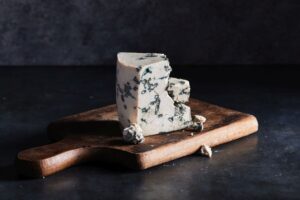Meatballs are a staple part of cuisines from Italy to East Asia, and their flavorings, texture, and taste vary somewhat, mirroring local ingredients and traditions. China, in particular, is a meatball hub of interest, and while you may have come across lion head meatballs before, bouncy meatball soup is as intriguing and enticing as its name.
Inside a bowl of this local specialty from Chaoshan are deliciously textured beef meatballs cooked and served in beef broth and seasoned with sesame oil, white pepper powder, and chopped celery. The name “bouncy meatball soup” isn’t derived from its ability to make you jumpy, rather it stems from the finished springy texture of the meatballs. In fact, in Xing Ye’s movie “God of Cookery,” these meatballs are even used as ping pong balls.
Although this may slightly exaggerate the springiness of the balls, it’s generally believed that if one were to take one of the meatballs from the soup and drop it on the table, it would bounce. This distinctive texture is achieved by pounding the meat by hand, in a process that a machine cannot properly imitate. It’s what makes this soup very special indeed.
A meatball origin story

In the eastern part of China’s Guangdong Province lies Chaoshan. Located along the coast, this area is famous for Teohew cuisine, an extension of Cantonese, which uses traditional cooking methods and local ingredients to preserve the region’s culinary heritage. Due to its location, Chaosan has been historically famous for its seafood. So when did beef make its way into this cuisine’s history?
The birth of these meatballs dates back to only a century ago. The Hakka people from the mountainous areas of Guangdong began to make meatballs as a helpful way to cook and store fresh meat which otherwise couldn’t be preserved for long. At the turn of the 19th century, when Shantou (a city within Chaoshan) opened as a port, the Hakka people began to sell their beef meatballs in riverside city streets.
The meatballs were exceptionally popular with the Chaoshan communities, and it’s rumored that they developed the springiness and flavor into what the meatballs are today. This is likely the origin of the intense tenderization process the meat goes through.
The meatball process

Preparing these meatballs is a culinary art form. Using sticks and hammers, cuts of beef are pounded into a paste — on average, this takes 26,800 hits. This destroys the muscle fibers in the beef and tenderizes it. The meat is seasoned between rounds of beating, and sweet potato starch is added. Once this is complete, the meat paste is then molded into balls and boiled for 8-10 minutes before serving in a beef broth. This results in a meatball that’s firm but not chewy, light but deliciously juicy. This process is exceedingly strenuous, demanding both physical strength and endurance, as well as the patience to achieve the ideal tender texture.
This bouncy meatball soup resembles bò viên — Vietnamese beef meatballs usually served in a beef soup or Phở. There’s some uncertainty about the origins of this dish, though it’s seemingly not a traditional Vietnamese one. This is due to its relatively recent emergence within the last 50 years. Some bò viên even incorporate the distinctive taste of Chinese spices, suggesting it has its roots in Chinese cuisine. However, these Vietnamese meatballs are commonly made inside a food processor, giving them a texture somewhat different from the traditional bouncy meatballs from Chaosan.
If you’re intrigued by a bouncy meatball soup, find a Cantonese-style restaurant nearby and check to see if their menu includes this unique gem. You don’t want to miss it.
Source : Daily Meal































